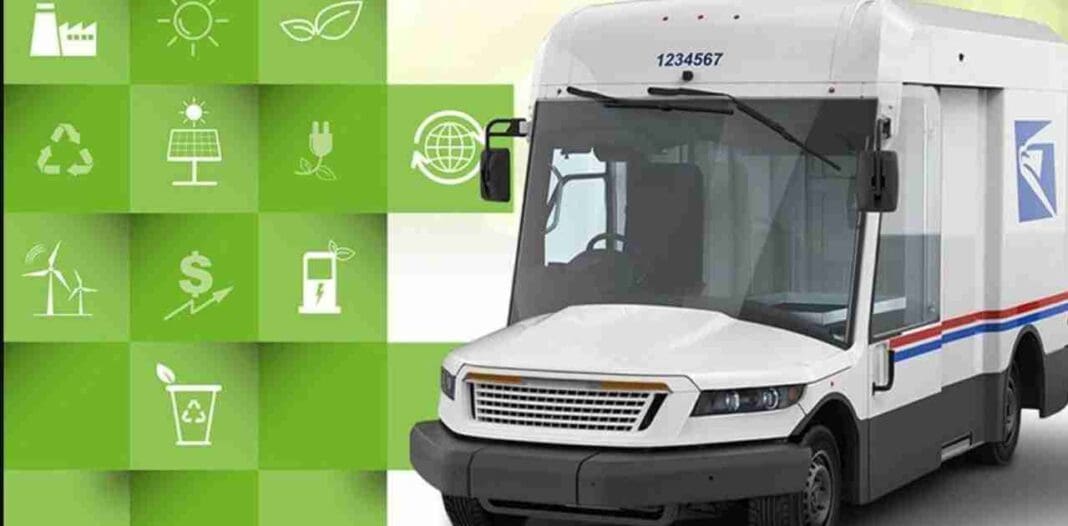Background
The U.S. Postal Service is replacing its aging mail delivery vehicle fleet with Next Generation Delivery Vehicles (NGDVs). The National Environmental Policy Act of 1969 (NEPA) requires agencies to prepare an Environmental Impact Statement (EIS) when evaluating major federal acquisitions that could significantly affect the environment – such as that for NGDVs. The Postal Service completed the EIS process in February 2022.
What We Did
In response to a congressional request, our objectives were to 1) determine if the Postal Service’s NGDV acquisition process and the related EIS complied with NEPA and 2) assess the reliability and reasonableness of the EIS and supporting analysis. As part of our audit work, we engaged a contractor to assist with evaluating the EIS’s underlying assumptions, data, models (including those for total cost of ownership and environmental emissions), and conclusions.
What We Found
We found the Postal Service’s NGDV acquisition process and EIS followed NEPA’s procedural requirements. This process and the EIS, however, prompted stakeholder concerns and are the source of ongoing litigation. The Postal Service subsequently said they would complete a supplemental EIS (SEIS), estimated for completion in August 2023, to reflect the ongoing implementation of its delivery network improvement plan.
While NEPA procedural requirements were generally followed, we found concerns with portions of the EIS that should be addressed in the SEIS. First, the original EIS only included an evaluation of three alternatives – alternatives that ultimately were not feasible or did not meet the Postal Service’s purpose or need for the proposed action. Second, some total cost of ownership cost input methodologies should be updated to reflect current prices or regional delivery operational variances. Third, some of the environmental analysis assumptions should be updated to more fully reflect NGDV emissions. Addressing these concerns would improve the reliability and reasonableness of the SEIS and its supporting analysis for decision makers and stakeholders.
Recommendations
We recommended management, as it develops its SEIS, include an evaluation of more alternatives that are technically and economically feasible and meet the purpose and need for the proposed action; update the total cost of ownership analysis, such as incorporating more current and/or regionally based data; and update the environmental analysis assumptions to more fully reflect NGDV emissions.



